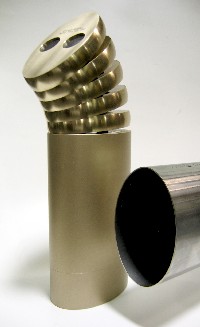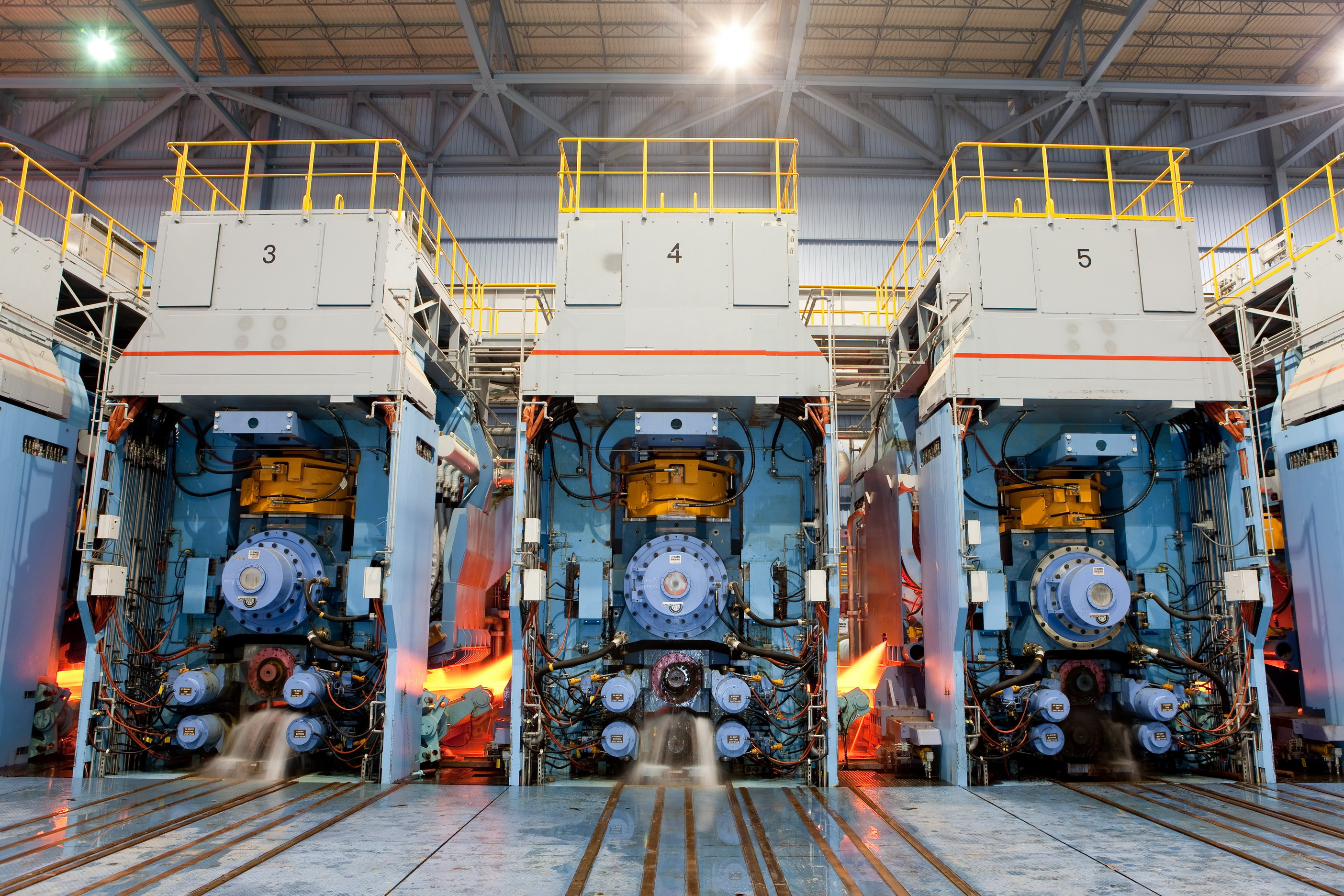Oil Grooves for Bronze Bushings
Oil Hole: A single oil hole without any grooving is commonly used in short bearings with an L/D ratio of 0.5 or less. Oil will flow axially unaided to each side of the oil inlet hole by as much as ½”. The oil hole should be centrally located and in the unloaded area to ensure that oil is distributed equally to both sides. The bearing with a single oil hole can have approximately three times the load bearing capacity than a bearing with an annular or circumferential groove in the same length bearing.
Straight Axial Groove: Is used when the bearing length exceeds an L/D ratio of 1.5 but stops short of each end by 1/8” to 1/4”. The groove must be located in the unloaded area.
Circular or Annular Groove: is generally used when lubrication is pressure-fed or direction of load varies and a low pressure region cannot be located. This type of groove divides the bearing into two shorter bearing which do not carry the same load as a single bearing. When an annular or circumferential groove is used, it is important that it is placed exactly along the center of the bearing. If the groove is placed off center, then half of the bearing will tend to operate with greater eccentricity that the other.
This groove can be used in combination with a straight axial groove but the axial groove must be located in the unloaded area.
The oil flow of a bearing with a circular groove is about 2.5 times that of a bearing with an oil hole only.
Oval Groove: A single or double oval groove connected with an oil entry hole will distribute the lubricant more positively and more copiously.
Although the groove passes angularly through the loaded area, only a small measure of load pressure will be affected. The oval groove also should run short of each end by 1/8” to 1/4″ unless the lubricant is introduced from the bearing end, then that groove side should be open into the reservoir.
Figure 8 Groove: is a modification of the double oval groove and is generally preferred in grease lubricated applications or to offer a greater exposure of graphite in graphite bearings.
The “V-Shaped” Groove: and radiuses, cross-sectional grooves are best suited for oil lubrication since the groove edges, blended or rounded, promote the formation of the oil film.
The Rectangular, Cross Sectioned Groove: is better suited for grease and graphite or other solid lubricants since it offers a larger surface area for the grease or graphite to adhere of offer a larger reservoir of grease.
If two bearing are used in line in an oil or grease lubricated mode, a central reservoir should be located between the two bearings by at least twice the wall thickness or more.
Any angular groove should be open only on the reservoir side if the lubricant is not introduced through the bearing length. Again, oil grooves or grease grooves should extend to within 1/8” to 1/4” of each bearing end when using a centrally located inlet hole.
The groove width and depth will depend on the volume of oil which must pass through the bearing to maintain the viscosity within the range of operating temperatures.





